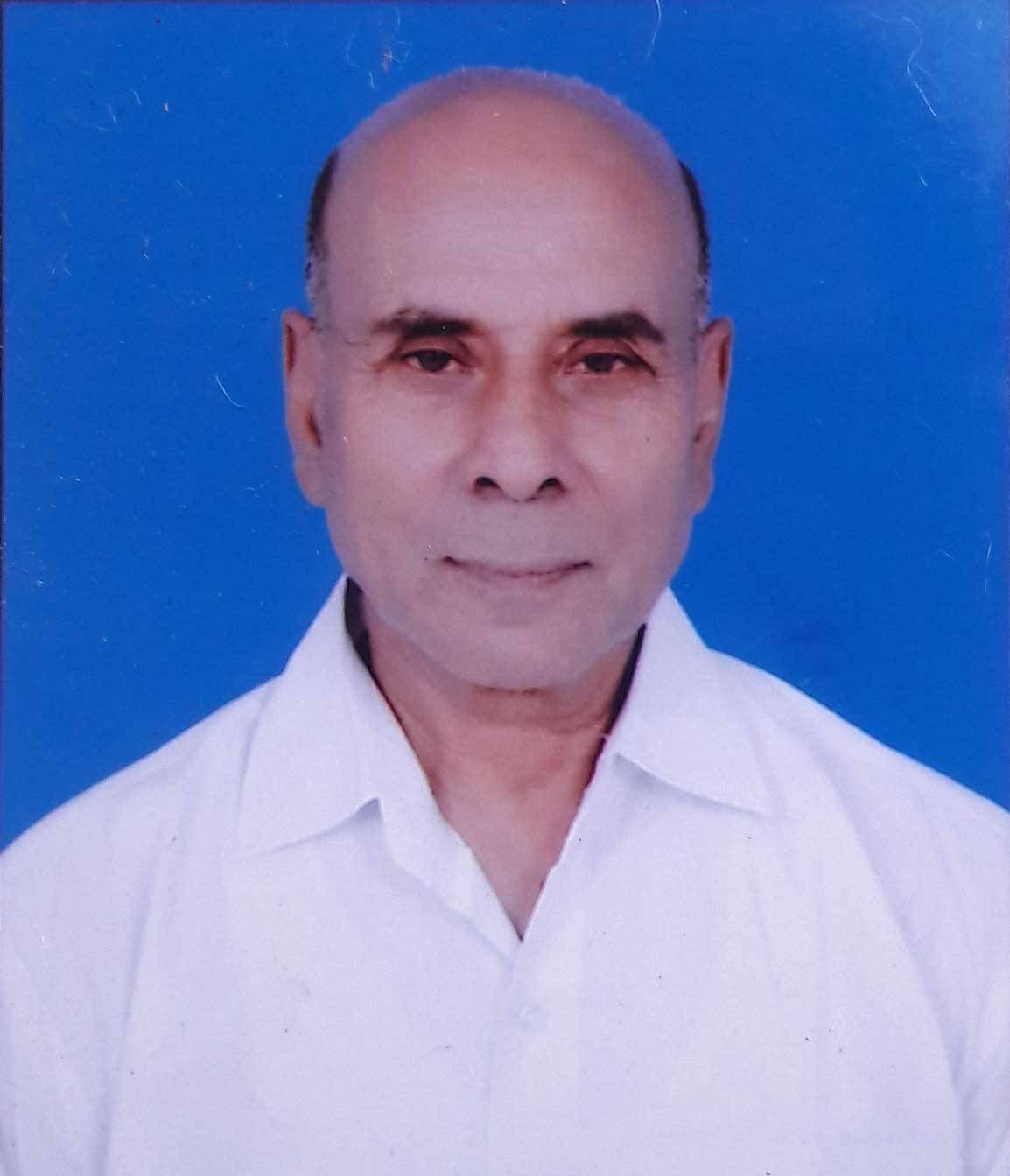



Dr. R.B. Singh Gaya Homoeopathy Medical Colege & Hospital was established in
1967 and has now taken major strides in the last few years and has emerged as one of the
eminent Homoeopathic education centre in the State of Bihar. College over the last many
years made sincere efforts to blend theory and practice of Homoeopathy, so that students
enrolled get sufficient confidence in implementing the science of Homoeopathy in a very
artistic way.
Faculty of the college works in a team spirit to provide best to the students. While
welcoming the newcomers seeking admission, we advise them to get themselves confident enough
to take up the challenging subject of Homoeopathy, which requires sincere heart to practice.
Our College will not leave any stone unturned to provide best of education to their
satisfaction.
Five and half year’s full time BHMS course is designed to focus on the standard practice of
Homoeopathy by way of Homoeopathy. The entire course is structured to prepare a confident
practitioner in Homoeopathy. Career in Homoeopathy provide challenges to explore new
dimension in health, as such require a most dedicated person to adopt it.